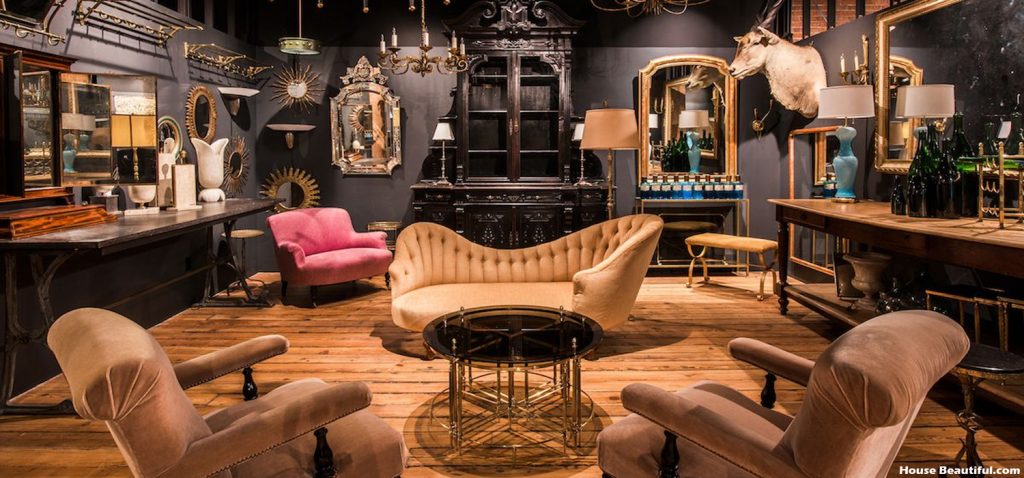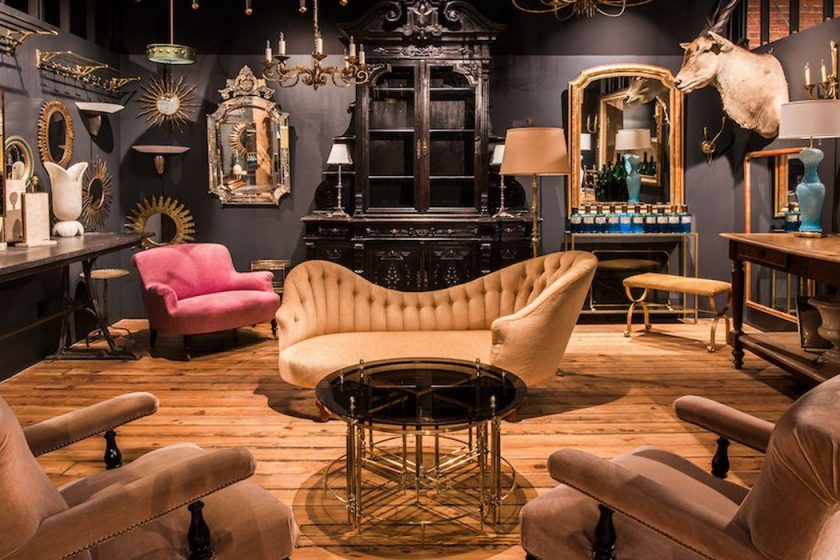
When your antique furniture shop, you will find wonderful unique pieces which will help any style and interior rustic to country to sleek modern/contemporary. However, you’ll need to be careful because there are a large number of fakes and reproductions out there. The best way to don’t be influenced to buy a fake or reproduction is always to do your homework first…
Tip#1
Research and turn into acquainted with style/period names of you want best. Sellers categorize furniture mostly by style ie: Victorian, Queen Anne, Chippendale, Louis XVI, etc…
Tip#2
Visit the antique department in bookstores or look into the library for books and reference material on your own chosen style/period. The Internet is another great source of information and pictures of numerous furniture styles.
Tip#3
Learn exactly what the various terms mean, like bow front, broken pediment, reeded leg, etc. You’ll most likely come across these terms in antique listings, sales tags, ads, and auction catalogs.
Tip#4
Study the names (there can be several, depending on the country) of the styles you want best. Sellers will often classify their offerings by style – Louis XV, Queen Anne, Chippendale, and the like.
Tip#5
Make visits to museums and historic homes…actually seeing genuine antique pieces face-to-face will greatly allow you to identify authentic pieces if you encounter them out there.
Tip#6
Learn to recognize any feature that can affect a chunk’s value or authenticity including injury to the top or structure, or replaced hardware.
Tip#7
Become acquainted with antique dealers and visit an old-fashioned furniture shop to debate your unique needs and interests. If they don’t have what you’re looking for at that time, remember that they have sources and associates in the areas in the country and world who can assist in choosing the best piece for you. They will also allow you to recognize an actual antique vs a fake.
Tip#8
Visit auctions, and be assured with the best quality, select a bidding house that may guarantee what it sells. Country auctions are a fantastic option if you’re not searching for museum-quality pieces. And, who knows… you might even find a true bargain, during this!
Tip#9
Check the newspaper and/or the net for estate sales. You may discover a family member on the sale who can inform you something in regards to the piece’s history.
Tip#10
Look through antique publications for ads, or search on the Internet for antique furniture shows and flea markets that specialize in furniture.
Tip#11
Any desire you could have for perfection, inside a piece of furniture that may be a lot more than century-old, should be “checked at the door”. It is normal, and appropriate, for genuine antique pieces to show indications of age with wear in expected places ie: chair arms, tabletops, bottoms of chair legs, and underneath drawer runners.
Whenever you antique furniture shop, know that definitions can differ. However, it’s accepted in the market that, to be considered antique, a bit have to be a minimum of a hundred years old. Everything more modern would be considered vintage or modern. And, always buy pieces you’ll few folks have rooms in our home that people can fill with an “untouchable” collection of antique pieces that may just be looked over rather than used.











